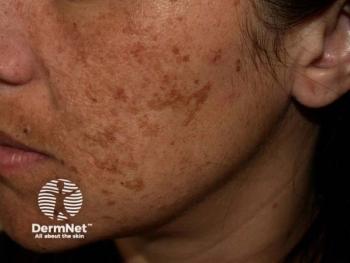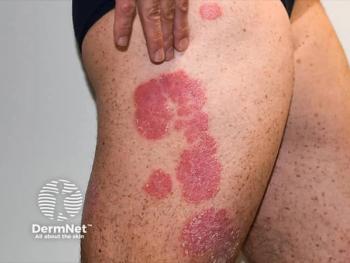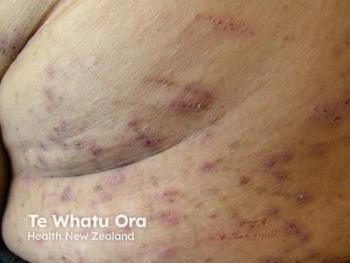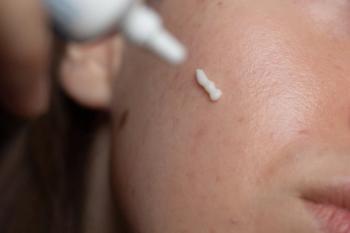
Haut.AI Celebrates UV Safety Awareness Month with New SPF Innovations
Key Takeaways
- Haut.AI's SPF Truth Booth uses AI to simulate skin aging with and without sunscreen, promoting sun safety through personalized visualizations.
- SkinGPT technology provides scientifically accurate projections of skin changes, encouraging consistent sunscreen use by showing potential long-term effects.
Haut.AI has launched the SPF Truth Booth and SPF Protection Power List, using AI to promote sun safety and personalized patient insights.
As we recognize July as UV Safety Awareness Month, Haut.AI has announced the launch of the
The latest innovation uses the brand’s proprietary tech, SkinGPT, to emphasize the importance of consistent sunscreen use, simulating how patients’ skin can age over time with and without sunscreen. SkinGPT uses AI to simulate the visual effects of skin care products and generates realistic, personalized simulations of how skin may respond to various products, similar to the try-on tools offered by makeup and haircare companies.
Patients can upload a selfie and see side-by-side comparisons of how their skin may look in 10 years due to UV exposure. This first-of-its-kind tool encourages users to consistently use a daily sunscreen and encourage long-term sun protection. The AI technology of the SPF Truth Booth, which is trained with a diverse dataset of global skin, analyzes individual features of the face including texture, elasticity, and pigmentation. This approach projects changes over time that are scientifically accurate and backed by dermatological research.
“The SPF Truth Booth experience was created to offer an easy-to-access way to educate people about the importance of daily sun protection by providing scientifically grounded visual proof of what it really does for your skin over time,”
Additionally, the SPF Protection Power List uses clinical data, peer-reviewed studies, and Haut.AI’s proprietary SPF analysis framework to rank the top-searched facial sunscreens of this year. The team of clinical experts reviewed each product and graded each on key categories, including SPF grading, sunscreen and filter type, UV coverage, skin and hydration benefits, formula stability, environmental safety, and other ingredients like antioxidants and extracts.
This user-friendly guide scientifically compares formulations and gives each product a letter grade, allowing dermatologists and patients to choose the sunscreen that is best for their needs. The top 5 best graded sunscreens can be found below.
- 1st: Avene Solaire UV Mineral Multi-Defense Sunscreen
- 2nd: Babo Botanicals Sheer Mineral Sunscreen Lotion
- 3rd: Beauty of Joseon Relief Sun: Rice + Probiotics
- 4th: InnBeauty Project Mineral Sun Glow Broad Spectrum
- 5th: 111SKIN Repair Sunscreen
The full PDF with all 100 sun protection products can be found on Haut.AI’s website.
“Our SkinGPT technology can be adapted by any brand to demonstrate the impact of their specific SPF formulas or other skincare products in a way that is scientifically accurate, hyper-realistic and personalized. We hope this Truth Booth experience will inspire people to strengthen their commitment to daily SPF use. To support that, we also decided to leverage the expertise of our scientific team—whose backgrounds span biophysics and biology—to evaluate some of the most frequently reviewed facial sunscreens. This assessment is purely ingredient-based, drawing on the manufacturer-provided ingredient lists. We’ve provided a clear interpretation of each evaluation criterion and our grading system, so users can feel more confident making informed decisions about the products they choose,” Georgievskaya concluded.
Newsletter
Like what you’re reading? Subscribe to Dermatology Times for weekly updates on therapies, innovations, and real-world practice tips.


















